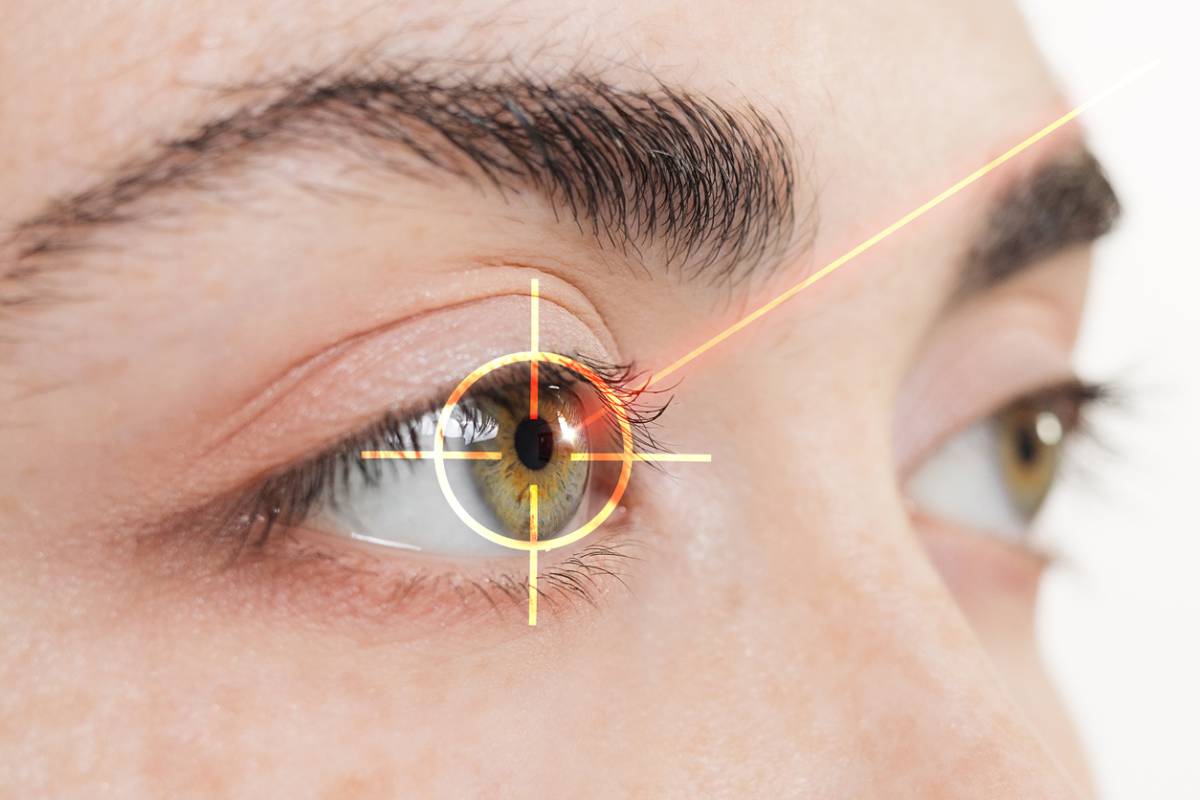LASIK is a long-term solution for the refractive errors that cause nearsightedness, farsightedness, and astigmatism. It works by adjusting the shape of the cornea so that light is focused directly onto the retina. Unfortunately, LASIK isn’t always a permanent solution. A small minority of people may have to have LASIK performed again later in life to continue enjoying the benefits of improved eyesight.
Why You May Need LASIK Twice
The corrections to your cornea made during your LASIK surgery in Orange County are permanent, so it’s natural for someone to be confused as to why they may need LASIK again later in life. The easiest way to explain it is to think back to when you were younger. As you grew up and entered adulthood your prescription probably changed several times. It’s actually pretty common for a child or teen’s prescription to change every year or so as their eyes mature.
Even as an adult your eyes continue to change. It just happens more slowly. As a result of this continued maturation, your eyes may develop new refractive errors that could cause your eyesight to change. In cases like this, you may require another LASIK procedure later in life.
The good news is that even in cases where this does occur, it is typically many years after the initial procedure. Plus, if you need to have a second LASIK procedure now, you’ll have access to improved technology, such as iDesign custom LASIK, which makes the procedure more precise than ever before.
When LASIK Isn’t An Option
As inconvenient as a second LASIK procedure may be, it’s actually pretty close to the best-case scenario. Our eyes age, just like the rest of our body, and the changes that come with aging don’t always affect the cornea. One of the most common hurdles that people run into is presbyopia.
Presbyopia is used to describe the thickening of your eyes’ lenses. This process usually starts at about forty years of age, and it gradually makes your eyes less flexible. Over time, it becomes harder to focus, especially on objects closer to you. Presbyopia is largely responsible for the fact that most middle-aged people require reading glasses. Unfortunately, the lens and the cornea are separate structures, so there’s nothing LASIK can do to reverse presbyopia.
In addition to presbyopia, LASIK is also incapable of reversing the effects of cataracts and glaucoma. Both of these conditions are progressive, and they can be serious. If you’re having difficulty with your vision, experience intense headaches, or feel abnormal pressure in your eyes you need to make an appointment with your ophthalmologist. Cataracts and glaucoma are treatable, and getting help early could save your vision.
Adjusting to Changes in Vision
For those of us who have had to use corrective lenses for most or all of our lives, there’s no way to downplay the value of your sight. Finally achieving a life free of corrective lenses is a dream. And facing the possibility of losing any part of that can be traumatic. Fortunately, there are steps you can take to ensure your vision never becomes as problematic for you as it was prior to receiving LASIK.
- Take care of your eyes by wearing sunglasses outdoors. And follow the 20-20-20 rule while working on the computer or using any other digital screen.
- Visit your optometrist at least once a year and stick to a prescribed schedule for routine diagnostic tests.
- Be proactive when it comes to symptoms that could indicate a serious health issue.
As long as you’re serious about your health, your vision will only be minorly affected by presbyopia as you age.

